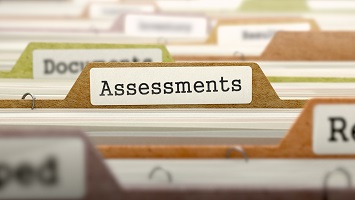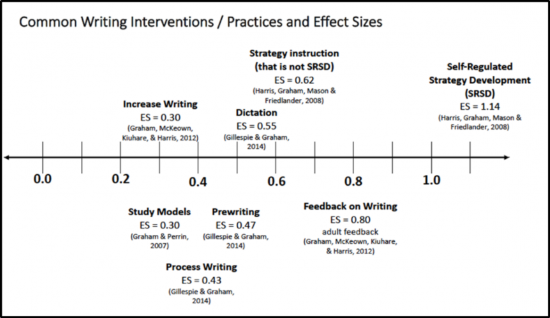
See below for an anatomy lesson!
I think it is important for educators to understand how to read and interpret research, and not enough of us do it. So this is blog number one on reading and interpreting research. I plan to make this a semi-regular feature on my blog.
What usually happens when you decide to sit down and read the latest Journal of Learning Disabilities or Exceptional Children or [insert name here], and find an article about a possible intervention or practice that is promising? You want to read it but are not sure what all the research jargon means. Would it be better to just read the abstract, the introduction, and the conclusion? If you are like most of us that is exactly what you do. But when you do you are missing out on great information that can inform your decisions in the future. Let’s start with the structure of a well-written article.
Every article we take seriously should have the following sections although the section headings may not be the same:
- An abstract
- This gives us a summary of the article and helps us decide if it is worth reading.
- An introduction with background information
- This section may be without a heading, or may be spread throughout a few different headings, but will always give you the context and the background of the research
- A literature review
- In this section the authors will discuss previous studies and writings on the subject, the results from previous studies, and how these studies inform the current research.
- Methods
- In this section the authors will describe how they conducted their study. This section will describe the measures and instruments used.
- Participants
- In this section the authors will describe how they selected their participants, the characteristics of the participants (age, sex, location, progress in school, disability category, ELL status, etc…), and how they might have disqualified certain participants.
- Results
- This is the section where the statistical analysis is described and tells us, in statistical terms, what the results of the study were.
- Discussion
- This section is where the authors summarize the results and make sense of the statistical analysis.
- Conclusion
- The authors generally summarize the article here. There should also be some discussion of the limitations of the current study and recommendations for future studies. These occasionally have their own sections or are missing.
So, what should you read and what should you look for in each section? Read the next blog entry to find out!


 Data-Driven Decision-Making
Data-Driven Decision-Making  Increasing Post-School Success through Interagency Collaboration
Increasing Post-School Success through Interagency Collaboration  How Can We Improve Deeper Learning for Students with Disabilities?
How Can We Improve Deeper Learning for Students with Disabilities?  Positive Classroom Management: Creating an Environment for Learning
Positive Classroom Management: Creating an Environment for Learning  Self-Determination Skills Empower Students of All Ages
Self-Determination Skills Empower Students of All Ages  Fidelity of Implementation: What is it and Why does it Matter?
Fidelity of Implementation: What is it and Why does it Matter?  Rethinking Classroom Assessment
Rethinking Classroom Assessment  A Three-Step Approach to Identifying Developmentally Appropriate Practices
A Three-Step Approach to Identifying Developmentally Appropriate Practices  Transforming Evidence-Based Practices into Usable Innovations: A Case Study with SRSD
Transforming Evidence-Based Practices into Usable Innovations: A Case Study with SRSD